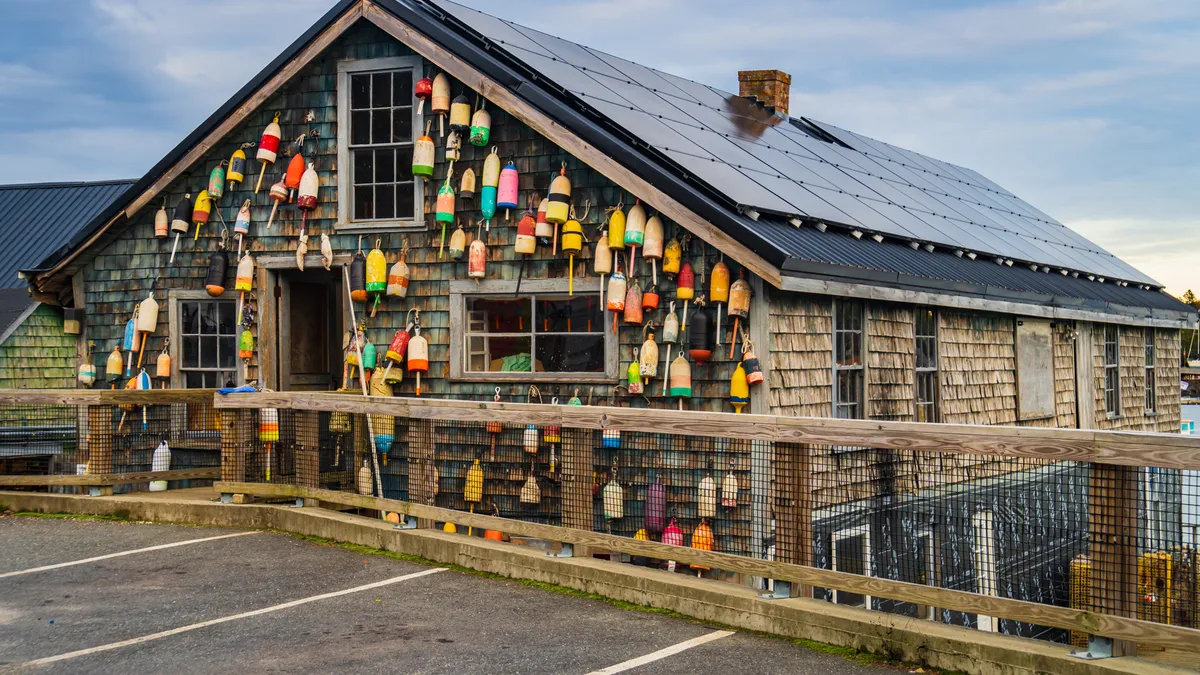Dive Brief:
- With support from renewable energy developers, the Federal Energy Regulatory Commission approved an ISO New England proposal to require certain planned distributed energy resources to pass through a state interconnection review instead of the grid operator’s process.
- ISO-NE’s proposal to exclude DERs from its interconnection procedures is just and reasonable because it would promote certainty in the grid operator’s interconnection process and ease a burden on ISO-NE, FERC said in a decision Friday.
- Allowing DERs to interconnect through the state interconnection process starting Aug. 28 will increase energy supply and lower wholesale prices by expanding the number and variety of new generation that will compete in the wholesale electricity market, while ensuring processes are in place to preserve reliability, FERC said.
Dive Insight:
ISO-NE’s proposal was widely supported by renewable energy developers.
The proposal addresses an “acute barrier” to market participation that has hurt DER developers in New England, stymied progress toward state policy goals for distributed resource development, and created unnecessary burdens for ISO-NE, Advanced Energy Economy said in comments filed at FERC last month.
Currently, some DERs are required to go through ISO-NE’s interconnection review while others go through a state process. Sorting them out is a complex, inefficient process that has led to mistakes that have hurt DER developers, ISO-NE said in its late-June application at FERC.
The approved process applies to new or increased generation that is at least 5 MW, or, if the planned DER will affect the regional transmission system, greater than 1 MW but less than 5 MW, FERC said in its decision.
In line with a clarification request from the Solar Energy Industries Association that was supported by ISO-NE, FERC said individual DERs would still be entitled to seek dispute resolution through the grid operator’s dispute resolution process, the commission’s dispute resolution service, or via Federal Power Act complaints.
FERC said it could revisit the new interconnection process in New England or elsewhere if the agency discovers it is being abused or there is a rise in unnecessary barriers preventing distributed resources from participating in regional transmission organization and independent system operator markets.
ISO-NE has seen strong growth in DERs, partly driven by state policy. There were nearly 4,770 MW of solar from facilities less than 5 MW in the six New England states at the end of 2021, according to ISO-NE’s distributed generation forecast working group. The working group expects that capacity to grow to 11,520 MW in 10 years, according to a May presentation by the grid operator.














